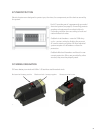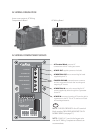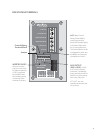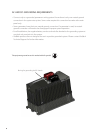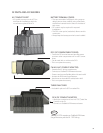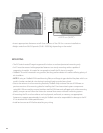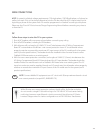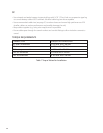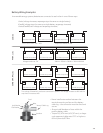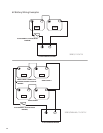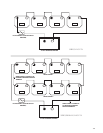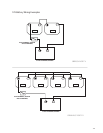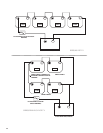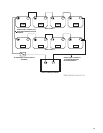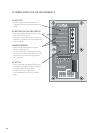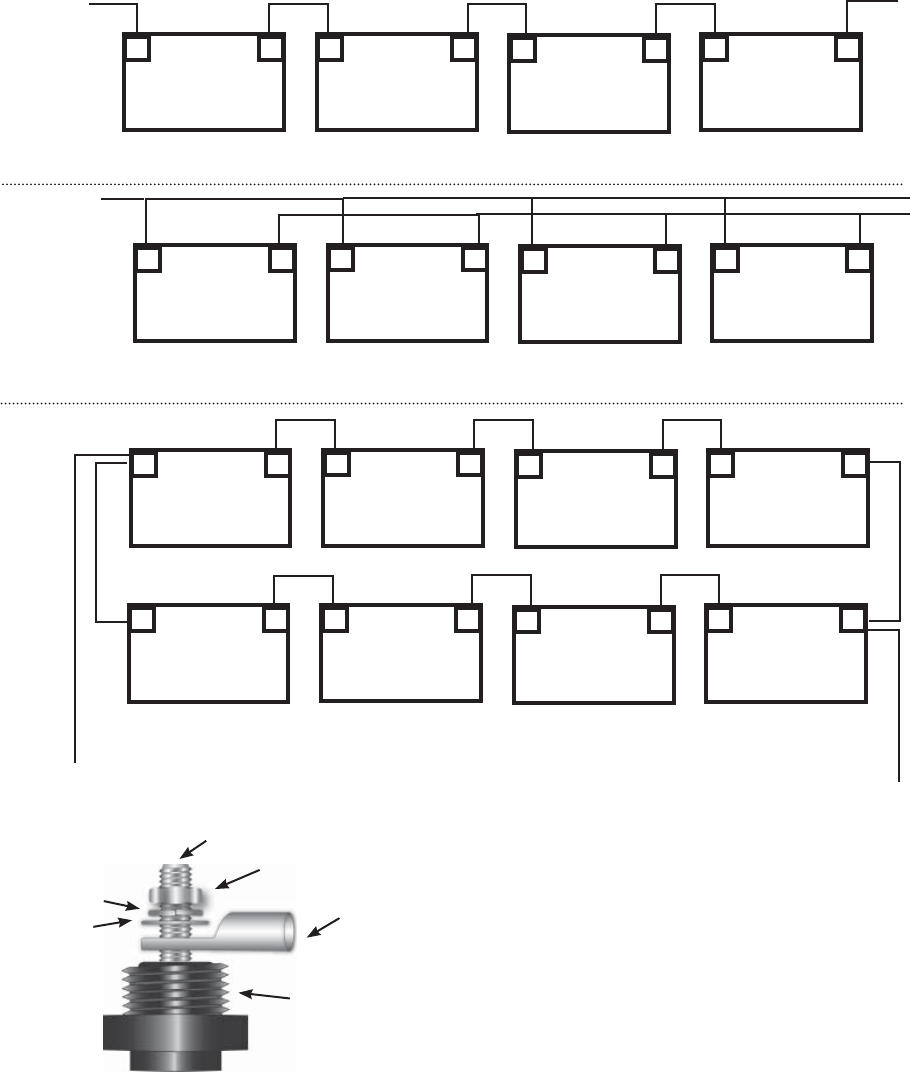
13
Battery Wiring Examples
• Never install extra washers between the
terminal mounting surface and the battery
cable lug—the connection must be direct and
secure.
• Always install breakers or fuses within the
positive battery cable.
• Torque 2/0, (67.4 mm
2
) 4/0 (107 mm
2
), or larger
code-approved cables rated 75°C or higher to
60-inch pounds/6.77Nm.
In renewable energy systems, batteries are connected to each other in one of three ways:
• Series (voltage increases, amperage stays the same as a single battery)
• Parallel (voltage stays the same as a single battery, amperage increases)
• Series/Parallel (both voltage and amperage increase)
Voltage remains at 12V 200AH + 200AH + 200AH + 200 AH=800 AH
+ -
12V/200 Amp Hours
+ -
12V/200 Amp Hours
+ -
12V/200 Amp Hours
+ -
12V/200 Amp Hours
+ -
12V/200 Amp Hours
+ -
12V/200 Amp Hours
+ -
12V/200 Amp Hours
+ -
12V/200 Amp Hours
12V + 12V + 12V + 12V = 48 V Amp Hours remain at 200
+ -
12V/200 Amp Hours
+ -
12V/200 Amp Hours
+ -
12V/200 Amp Hours
+ -
12V/200 Amp Hours
+ -
12V/200 Amp Hours
+ -
12V/200 Amp Hours
+ -
12V/200 Amp Hours
+ -
12V/200 Amp Hours
Two strings of batteries in series are connected in parallel. The voltage increases to 48V and the
amp hours increase to 400
SERIES
PARALLELSERIES/PARALLEL
Battery Cable Lug
Lock Washer
Flat Washer
Nut
Insulator
Stud



